My Son is a narrow valley, about 4km2 wide, surrounded by mountains like a natural, solid wall, with a deep ravine (Khe The) that is both defensive and mysterious, located about 60km southwest of Da Nang, about 15km west of the old capital of Simhapura of Champa (today's Tra Kieu), chosen by the ancient Champa dynasties to build into the largest religious center of this kingdom. The name My Son is based on the name of a Vietnamese village, now in Duy Phu commune, Duy Xuyen district, Quang Nam province.
According to remaining inscriptions, the religious relic site worshiping Hindu gods was started to be built here from the 4th century, initially made of wood, burned down by fire, rebuilt with bricks and stones over many centuries. After the Champa kingdom moved its capital to Do Ban (Vijaya), then to Phan Rang (Panduranga). This holy site became deserted, covered by forests for many centuries.
In 1898, a Frenchman named Camille Paris discovered the relic site, then Louis de Finot and Launet de Lajonquière studied the steles. Then in 1901-1902, H. Parmentier and Carpeaux organized excavation and research. The entire relic site has 68 large and small structures, including the only stone temple of the Champa relics, last restored in 1234.
The American B.52 bombing in 1969 severely damaged and deformed the relic site. Many towers were destroyed by the bomb, including the 24m high A1 tower – a masterpiece of Champa architecture.
In 1980, in the Vietnam-Poland cultural cooperation program, architect Kazimiers Kviatkowski (commonly known as Kazik -1944-1997) was assigned to take charge of arranging and reinforcing the towers. Kazik had a great contribution in creating the appearance of the My Son relic site that remains today from the ruins. Today, the My Son relic site has only 30 towers left, but none of the structures are intact.
On April 29, 1979, the Ministry of Culture and Information issued Decision No. 54-VHTT, recognizing the temple complex as a national architectural and artistic relic.
On December 1, 1999, My Son relic site was officially recognized by UNESCO as a World Cultural Heritage with two criteria: Being an outstanding example of cultural exchange with the integration of foreign cultures into indigenous culture, especially Hindu architectural art; Vividly reflecting the historical development of Champa culture in Southeast Asian history. My Son relic site can be compared with other famous relics in Southeast Asia such as: Angkor (Cambodia), Pagan (Myanmar), Borobudur (Indonesia)./.
Source: https://baonamdinh.vn/channel/5087/202011/khu-den-thap-champa-my-son-2540905/


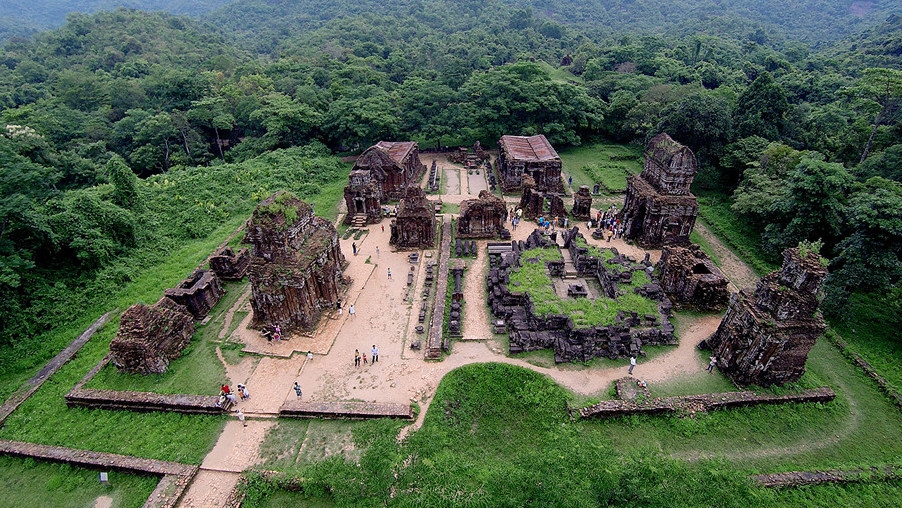
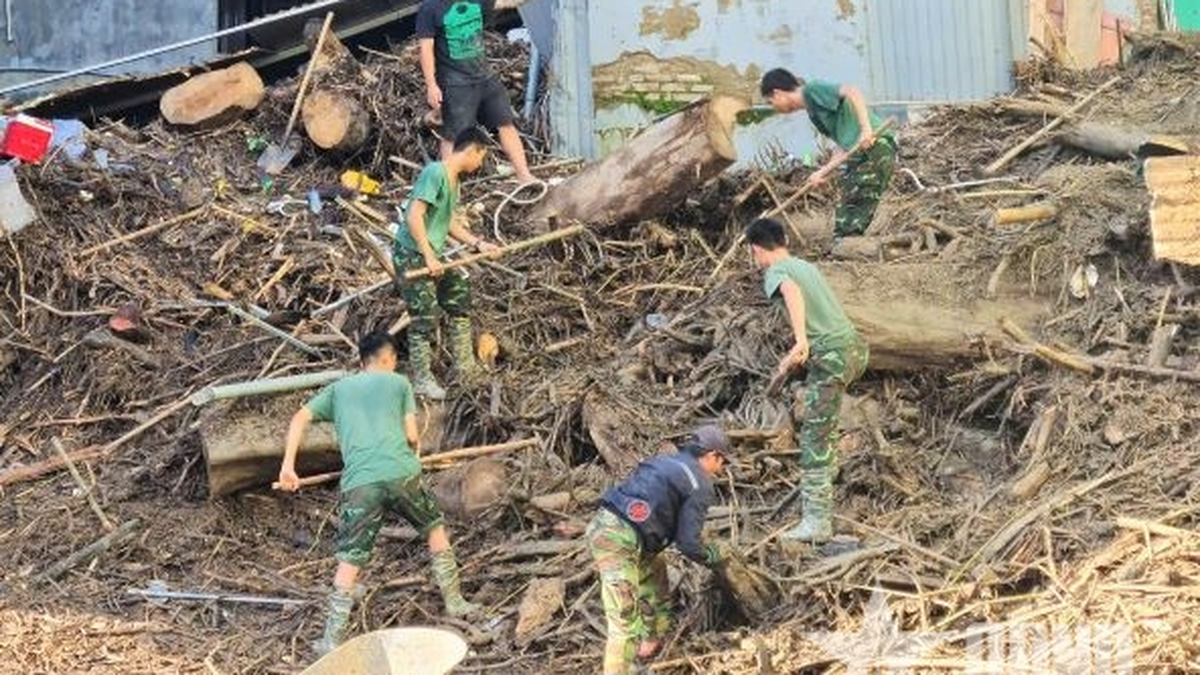
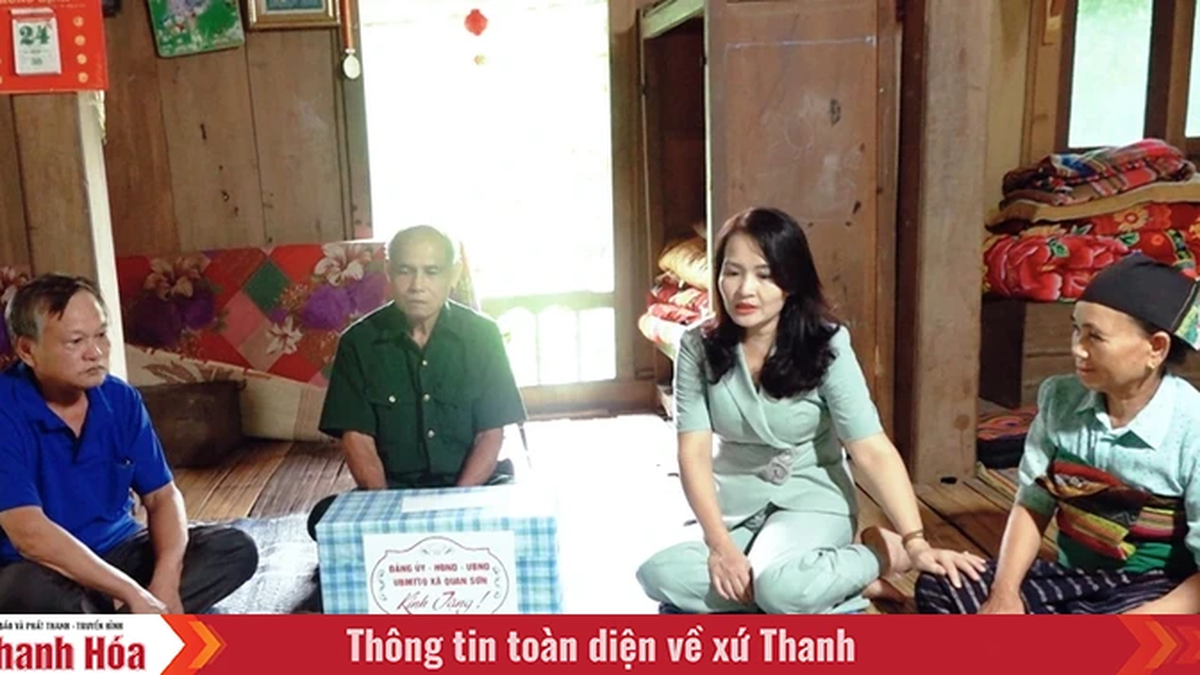

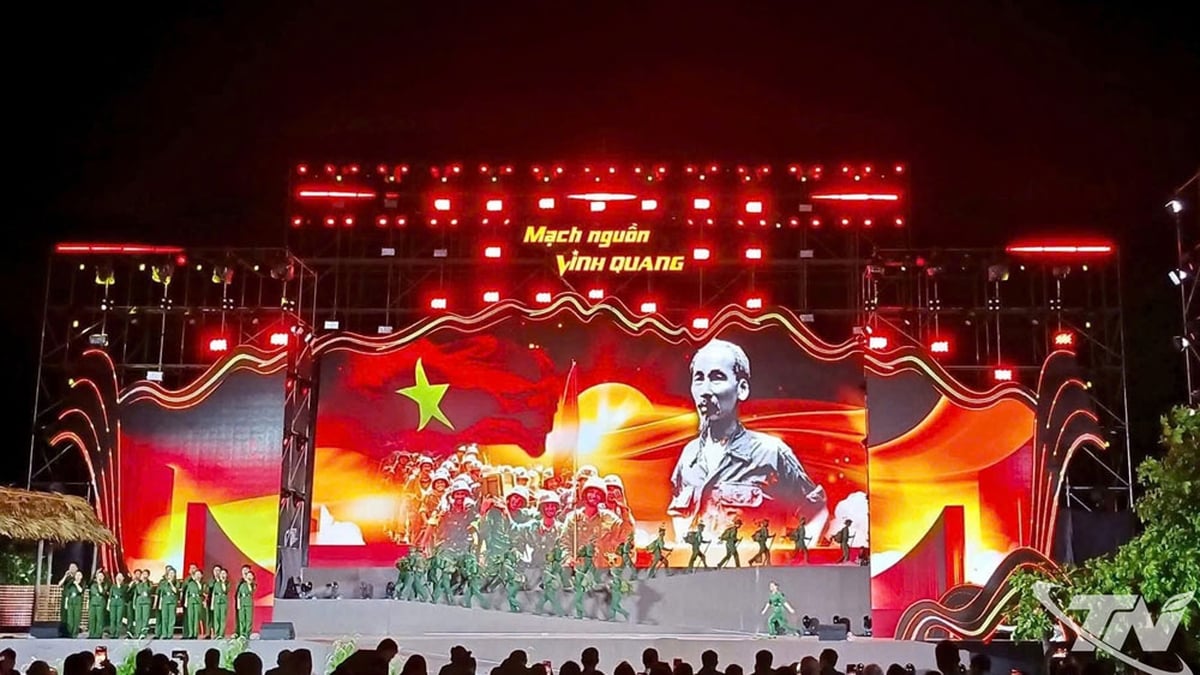





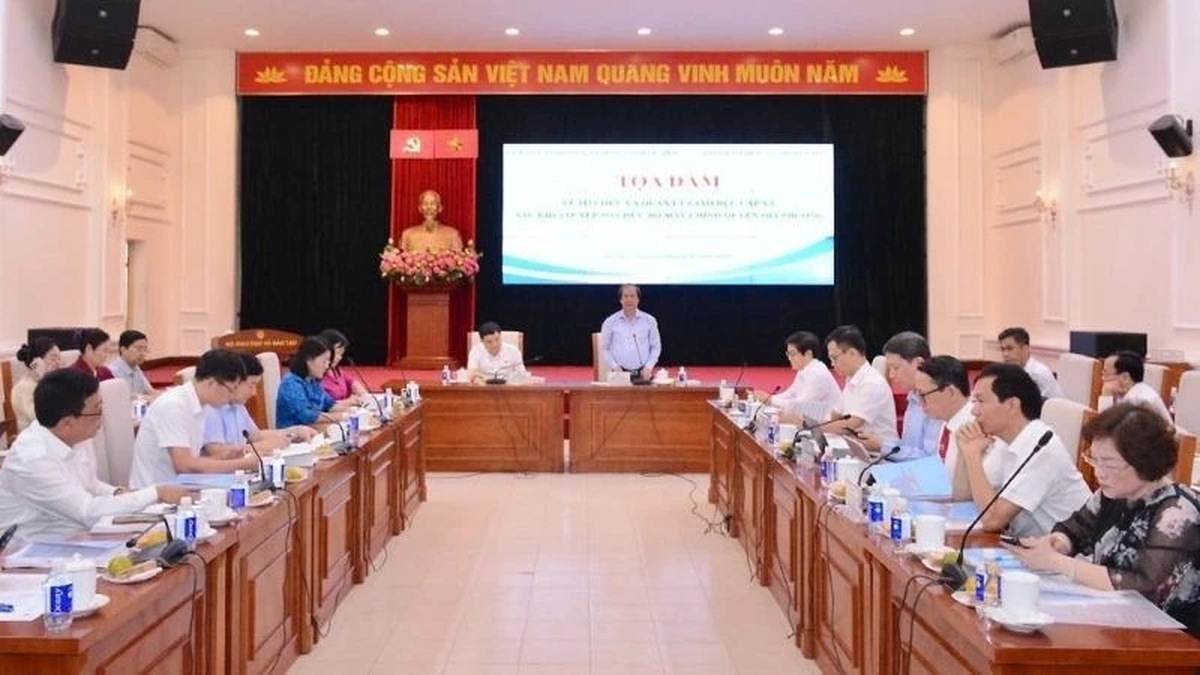






















































































Comment (0)